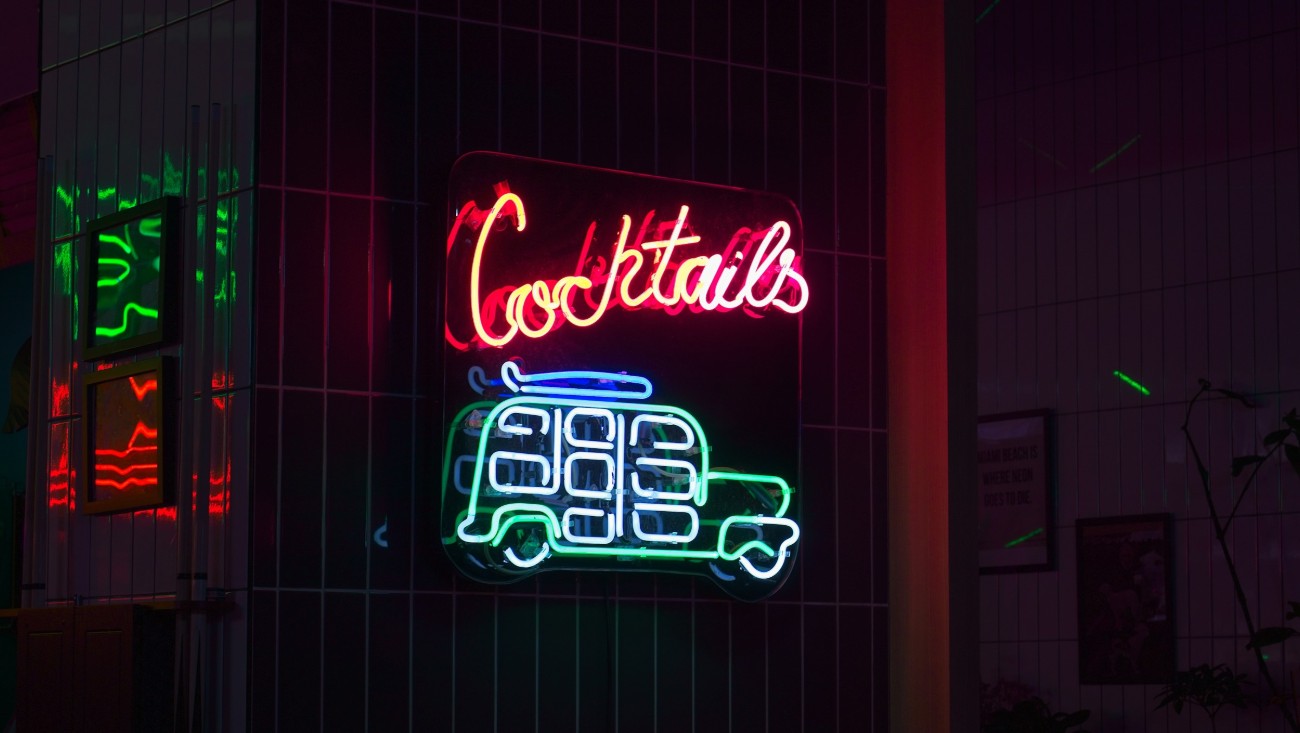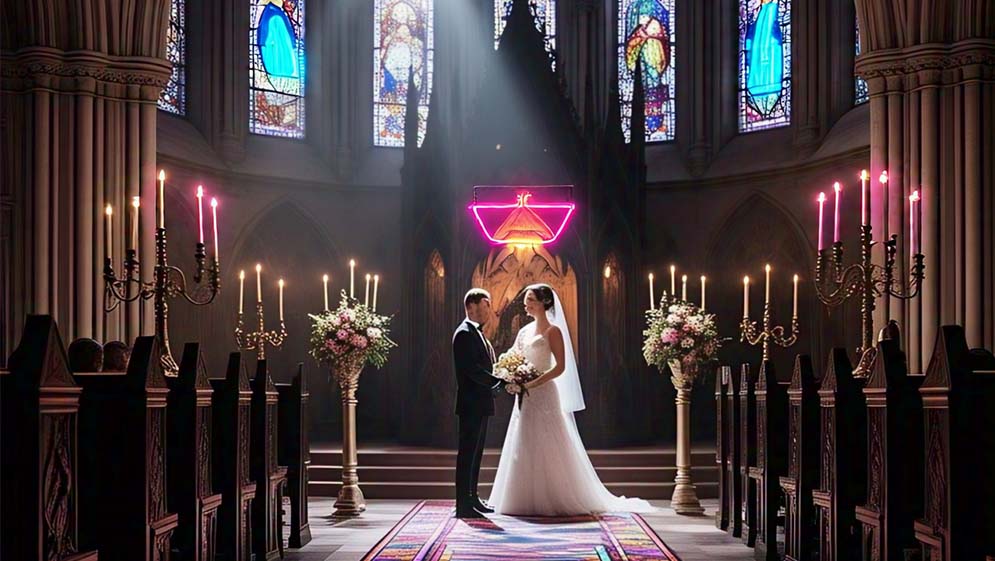Everyone knows that getting enough sleep is essential for overall health and well-being. However, did you know that the color of the lights around us may influence the quality of our rest? Today, our lives are constantly illuminated with artificial light, and the impact it has on our sleep habits is now an area of increasing interest. Particularly, LED lighting is widely used in homes and workplaces, however, there are many different LED lighting options. designed equally with regard to the quality of your sleep.
This article explains how the different colors of LED light affect your sleep, and what you can do in order to pick the most appropriate light for more restful sleeping. We'll explore the scientific research about light and how it impacts sleep.
Understanding the Relationship Between Light and Sleep

Before diving into the various colors of LED that can aid in rest, it is important to understand the causes of light that can impact the quality of your sleep. Lighting is a key factor in the control of the rhythm of your circadian cycle. It's the internal clock that informs your body when it's time to get up and the time for bed. The cycle of your circadian body is influenced by light exposure. This is why having sunlight during the day can make you feel more alert and awake.
As the night gets closer and the sun is setting, the body releases Melatonin, a hormone that makes the body become tired. Artificial light, particularly blue light sources, may hinder this process, making it to become more difficult to fall asleep. Knowing the relationship between the hormone melatonin and light is vital in deciding the best lighting color that can help you sleep better and improve your sleep quality.
How Blue Light Affects Sleep

One of the more frequently debated things about sleep and light is the effect of blue light. Blue light comes from numerous devices that we utilize every day, like tablets, smartphones, computers, and other devices, in addition to light bulbs that emit LED and fluorescent.
Blue light is an extremely high-energy wavelength that could reduce melatonin production and fool your brain into believing it's not nighttime. It's difficult to get sleep in the evening, especially if you're being exposed to blue light at night.
If you're looking to improve the satisfaction from your sleep, you should try not to expose yourself to blue-colored light at least 1 or two hours before your time of bed. This means you must restrict the use of devices that use electricity, such as your phone or computer, and also turn off any cool and bright lighting in your bedroom.
The Science Behind LED Light Colors
LED lights are efficient in energy use and last for a long time, which makes the LED light a favorite selection for your lighting needs at home. Did you know that the LED light emitted will have an effect on how you rest?
LED lights come in a variety of color temperatures that are which are measured as Kelvins (K). The smaller the Kelvin number, the warmer (more red or yellow) the lighting appears. In contrast, the higher Kelvin values produce cooler (blueish) lighting. Light's color will affect your mood as well as your level of energy, and may also affect how you sleep. We'll discuss the most popular LED light color and its impact on your sleep.
Best LED Light Colors for Sleep

1. Warm White Light (Below 3,000K)
Light that is warm and white can be thought to be one of the most effective light colors that can be used for sleeping. Its color range is approximately 2,700K-3,000K Warm white light emits soft, warm amber glowing light that closely resembles natural sunlight at sunset. It promotes relaxation and aids in transitioning your body to sleep by promoting the production of melatonin.
As it doesn't block Melatonin as do blue light and warm white light, it can be used in the evenings, particularly in the evening when you're getting ready for bed. It is possible to use warm white LED in your bathroom or living space for a comfortable and relaxing space.
2. Red Light (Below 1,000K)
The red light is an excellent option for sleeping. It is the light with the lowest light's color temperature among LED lights. This means that it won't affect the production of melatonin. Indeed, certain studies have suggested that exposure to light in the red spectrum prior to sleeping can improve the quality of your sleep.
It's a great light to read before bed and set the stage to relax, or for night lighting. As it doesn't disturb the rhythm of your circadian cycle and lets your body naturally to prepare itself naturally for sleep without interference from bright illumination.
3. Amber Light (Around 2,000K)
Amber light, slightly brighter than red light, yet still retains an ethereal tone, can be a good alternative to create a calm and peaceful atmosphere before going to sleep. Its color is about 2,000K, the amber light has the same color as warm white, however, it's gentler as well as less likely to disrupt the production of melatonin.
Amber light is especially useful to those who are sensitive to the light of night, or who have difficulty sleeping due to exposure to blue light. This is also an excellent choice for kids' bedrooms, as well as for those who want an edgier light during the nighttime.
4. Soft Yellow Light (Around 2,500K)
Soft yellow light that lies between amber and warm white spectrums of light is an excellent LED color to promote better sleep. Its color is about 2,500 K. This gentle light can be calming and relaxing, and is perfect to use for sleeping in your bedroom late at night.
A warm yellow glow creates a feeling of comfort and warmth and promotes relaxation and a sense of well-being without affecting the body's normal sleep-wake cycles. The soft yellow light is ideal for creating a calm and peaceful environment within your bedroom while you settle in for the night.
LED Lighting Tips to Improve Sleep Quality

You now know what colors of LED work best in sleep. There are a few suggestions to create the perfect lighting setup to get the best sleep:
1. Use Dimmer Switches
If the lighting in your bedroom is too high, light bulbs that are warm or amber may feel rough. Think about installing dimmer switches to ensure you are able to alter the light's brightness depending on your mood as well as the time of the day. The dimming of the lights during the evening creates the perfect environment for sleeping.
2. Switch to Smart LED Lights
Smart LED bulbs permit users to alter the brightness and color of your lighting using the help of your phone. Some smart bulbs have integrated schedules so that you can schedule your lighting to gradually alter colors as you near bedtime. You can, for instance, program your lights to change from cold white in the morning and then to warmer red or amber when the evening draws near.
3. Avoid Bright, Cool-Toned Lights Before Bed
Like we said earlier, Blue light as well as cool-toned light sources may make it more difficult for you to sleep. Be sure to stay away from light sources that are bright and cool in your bedroom, particularly during the time prior to bedtime. You should instead opt for soft and warmer shades to assist your body in settling down.
4. Use Nightlights for Subtle Illumination
If you're in need of light in the dark, you should consider having a lamp for your night that is the hue of amber or red. They won't disrupt the sleep schedule. They'll also provide sufficient lighting to help you navigate the room and not disturb your sleep.
5. Invest in Smart Lighting Solutions
Smart LED lighting lets you adjust the intensity, color, and timing of your light so that you can meet your sleeping needs. The majority of smart lighting is controlled via apps, which makes it simple to alter the light while you sleep. Certain systems let you set up the time when your lighting will adjust automatically depending on the days’ time.

FAQs
1. Do LEDs cause issues with sleep?
LED lighting, particularly the ones that have a lot of blue-colored light, could affect your body's creation of melatonin. This makes it difficult for you to sleep. In order to avoid disturbances during sleep It is recommended to choose warm light colors during the evening hours, like in the form of red, amber, and even.
2. Can I utilize LED light sources while asleep?
If the LEDs are dim and their color is warm, like amber or red, it is less likely to disrupt your sleep. In contrast, bright, cool-toned light should be avoided when you are sleeping since it may disturb the circadian rhythm.
3. What LED color will help you relax?
Amber and red LEDs can be a great way to relax in the evening before going to bed. They reduce the creation of blue light that can affect the production of melatonin as well as sleep quality.
4. Can I use LED lights in my bedroom to help me sleep better?
It's true that using LED lighting that has a temperature of the 2,000 and 3,000 K range, like warm white or amber, can be a fantastic way to provide a peaceful and relaxing atmosphere to your bedroom.
5. Are there any specific LED light bulbs designed for sleep?
Many brands provide special LED bulbs designed specifically for sleeping, and emit red or warm light. They help reduce the effects on your circadian rhythm as well as help you sleep better.
Conclusion
The kind of light that you put on before bed will influence how quickly you fall asleep, and also how long you rest throughout the evening. Using soft, dim lighting like amber, red, and warm white LED lights are able to can create a peaceful and serene atmosphere, which helps to relax your body and prepare for bed. As you prepare your bedroom in order to sleep better, you should be aware of both the color as well as the intensity of the lighting. The warm colored light, such as amber or red, is ideal for winding into the night. They don't disrupt the body's sleep cycle and let your brain recognize that it's time to sleep.
However, light that is bright and cool, including white or blue light bulbs, may make it more difficult to sleep. They signalize to the brain that it's the daytime, and may hinder your sleep. For better sleep, be sure to utilize light that is soft and warm at night and stay clear of the bright light before going to getting ready for bed. Through adjusting the lighting, you will assist your body to prepare to sleep and have an improved night's sleep. Therefore, change to calming lighting and have a relaxing evening of rest. Sweet dreams!



